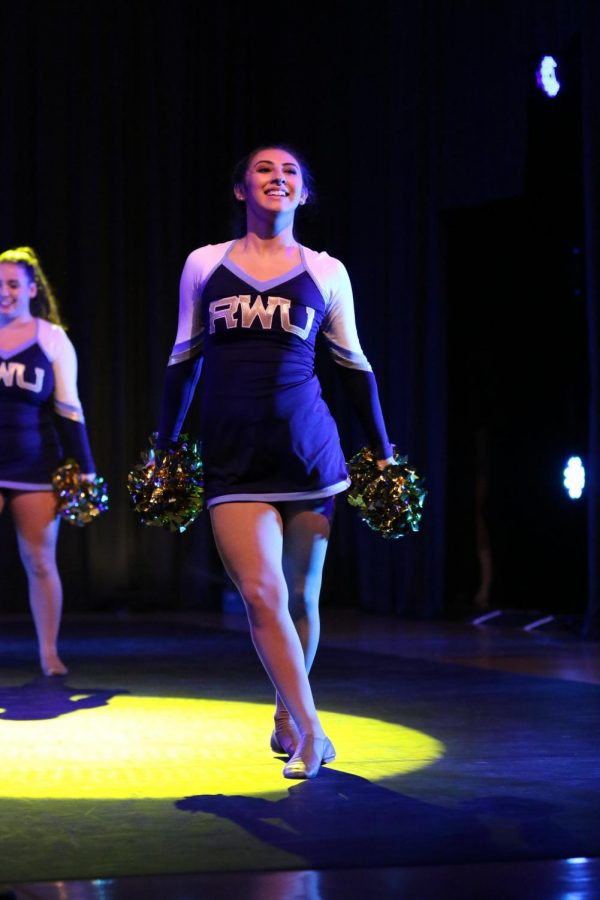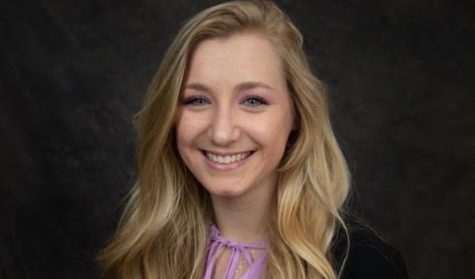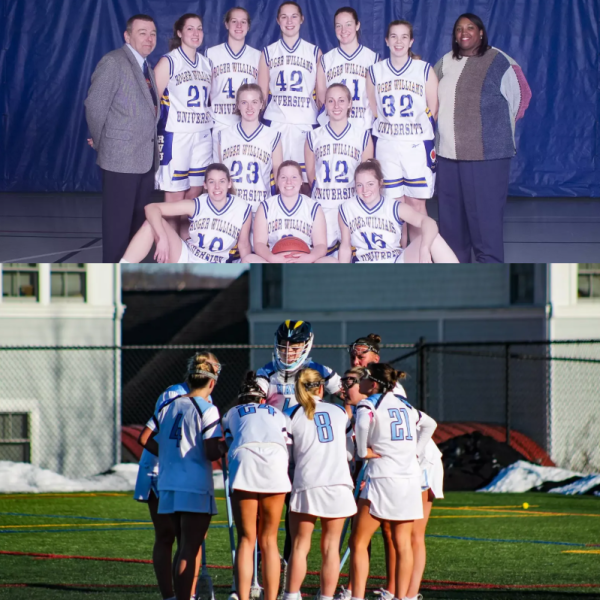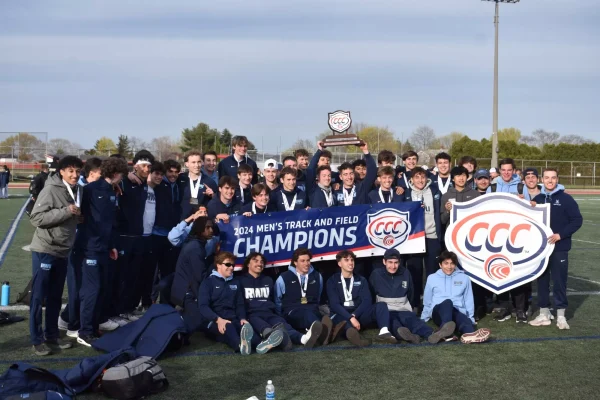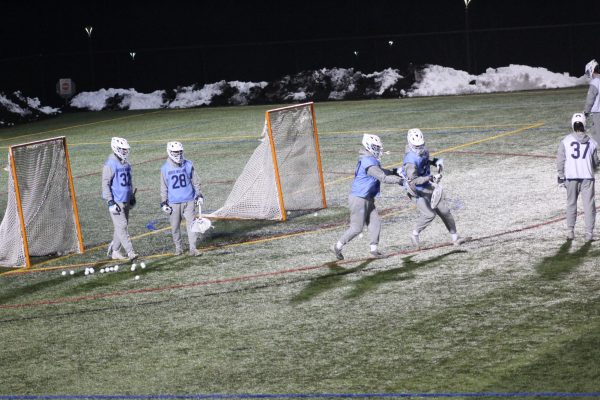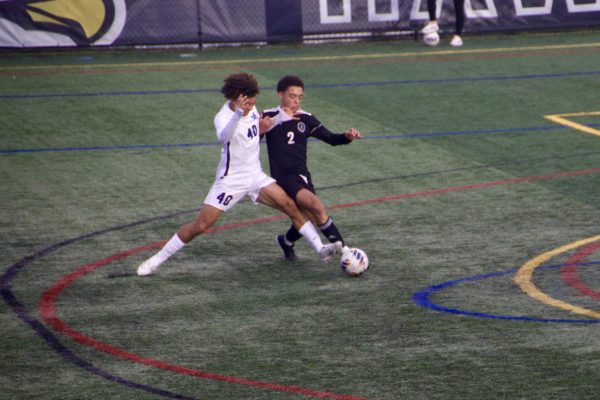Dancers are athletes too
Hawkettes President challenges traditional idea of what an athlete is
Senior Natalia Villareal is currently President of the Hawkettes Dance Team at Roger Williams University. She is pictured performing in a show in 2018.
An athlete would typically be described as someone who needs strength, agility, balance and coordination. All of these are obtained through rigorous training and practices to not only keep athletes strong and flexible, but help them build up the stamina needed to perform.
Senior Natalia Villareal, President of the Hawkettes Dance Team, said a dancer would be described using this exact terminology. She believes that when a person thinks of an athlete, they should be seeing dancers in addition to traditionally categorized athletes. According to Villareal, athleticism is needed in order to be a dancer.
“A lot of our dancers can be found in the gym working out on the daily. Strength training and conditioning is really helpful for dancers,” Villareal said.
During their training, dancers will work out each part of their bodies.
“Core strength is incredibly important for dancers because it helps us stay balanced. Leg strength helps with high leaps and jumps,” Villareal said. “For our pom dances, we use arms with every movement so it’s always good to work on those too.”
Staying in shape for a dancer means always working on flexibility and maintaining strength within their muscles. It is also crucial for dancers to have stamina, so that they have the energy to finish their routines.
Dance team practices consist of stretching, a form of conditioning, exercises that span across the entire dance floor and finally, learning and perfecting the choreography. Villareal said stretching is necessary to prevent any injuries, as it helps prepare the muscles during practice or competing.
“Rolling out with a foam roller or using a massage gun, on top of ice/heat really helps rejuvenate the sore muscles,” Villareal said. “Rest is always important and we always stress to our team that they need to take care of their bodies and learn what they need to do to be successful.”
When COVID-19 struck, the sense of routine for the dance team was severely impacted. Dancing as the team knew it drastically changed.
“Last semester, we had to have hour-long practices when normally we are accustomed to having up to three hours at a time, twice a week. This was definitely a challenge as we are trying to prepare for competition, but we tried to incorporate Zoom practices and other initiatives to make up for the lost time,” Villareal said. “Overall, the restrictions have made it difficult for us in terms of preparation for competition, but also have made it challenging for aspects of team bonding and having everyone get to know each other.”
The team had a lot of hours of Zoom practice and was finally able to have in-person practices last semester. They will be continuing to do so this semester.
“Luckily, there were no positive cases recorded in any of the dance programs last semester, so we are all really proud of that,” Villareal said.
Villareal said it is disheartening that this is her senior year and so many great parts of the dance team have been taken away,
“I have remained grateful for any opportunity to dance. It might look a lot different than we are used to, but we try our best to make the most of things and try to keep everything as ‘normal’ as we can.”
Villareal expressed feelings of frustration with her final season being uprooted, but she also acknowledged her understanding of the university guidelines. She knows the university is doing everything it can to help the dancers.
“We are one of the few programs in the area that are actually being allowed to practice in person and we pride ourselves on the fact that the dance programs have not contributed to the positive cases on campus. The university and SPLO specifically have a lot on their plates but are definitely doing their best to manage everything, especially communicating with us as to what we can and cannot do,” Villareal said.
Even though dancing has been changed for the Hawkettes and Villareal, she still understands the hard work that needs to be done in order to keep dancing.
She uses her sport as an outlet for everything else in her life.
“I am so grateful that I have found my spot in this sport and am even more grateful for the opportunity to share this with my peers,” Villareal said. “Performing gives me the chance to show my strength and to express myself. It’s difficult to put into words, but I am so proud to call myself a dancer and be able to share this experience with people who feel the same.”

